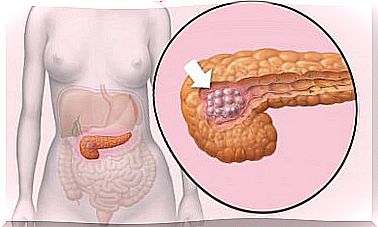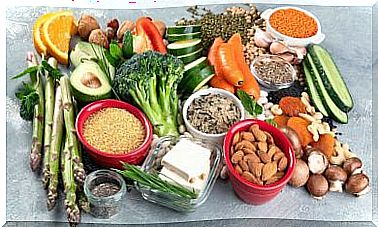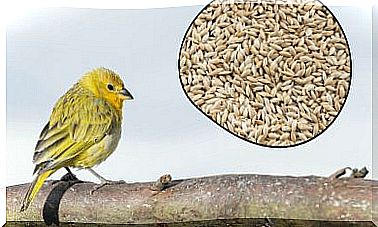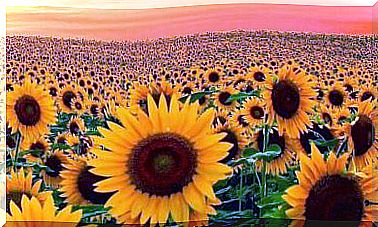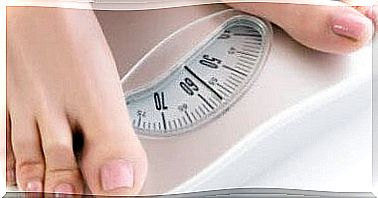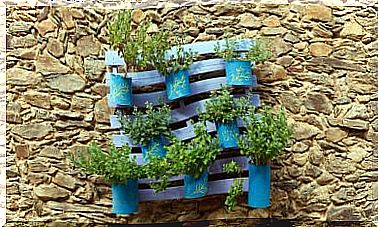Diet For Candidiasis: Allowed And Prohibited Foods
The diet for candidiasis suggests a balanced diet that allows strengthening the immune system to deal with the Candida fungus . Although it does not depart from the concept of a healthy diet, it does imply restricting certain foods that are high on the glycemic index.
Treatment against this type of infection is very varied and is adapted to the needs of each patient. However, when it comes to food, there are some generalities that can be taken into account regardless of the case.
How to recognize this disease? What foods should be avoided? Solving these questions is very important. For this reason, below, we want to share some relevant aspects of the infection and the characteristics that the diet should have.
What is yeast infection?
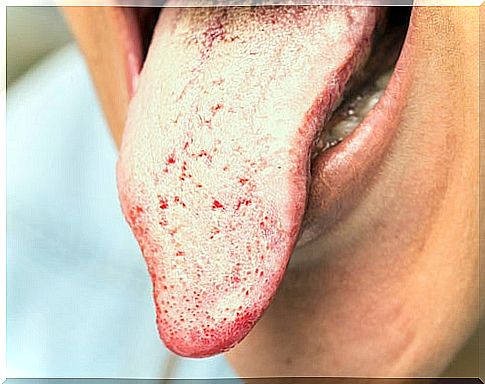
Candidiasis is an infection that develops from the overgrowth of Candida, especially Candida albicans. This microorganism is a type of fungus that usually grows easily in humid and warm environments, such as the mouth and vagina.
Although anyone can develop it when the immune system is weakened, it is more common in patients with diabetes or HIV / AIDS. In addition, it also greatly affects pregnant women and those who have frequent hormonal disturbances.
Symptoms of yeast infection
The clinical manifestations of candidiasis vary depending on its location. Since most of the time it is of the “mucocutaneous” type, its symptoms usually have some similarities. Some signs to consider are:
- Creamy and whitish patches on the tongue, soft palate and genital area.
- Intense itching in the area of infection.
- Red, smooth and shiny tongue.
- Red spots combined with itching and suppuration.
- Eruptions with crusted edges.
- Thick, cottage cheese-like vaginal discharge.
- Pain and burning when urinating.
- Painful intercourse
Diet for yeast infection: diet to control infection
In the diet for candidiasis it is important to eliminate those foods that favor the growth of the fungus. Similarly, the plan proposes some ingredients that strengthen the defenses to face infection.
Although it is recommended to avoid some fruits and vegetables that contain starches and high glycemic index, according to an article published in the journal “Journal of Obstetrics and Gynecology”, it is best to try to maintain a balanced diet. In this way, even if there are small restrictions, an adequate supply of nutrients is guaranteed.
Allowed foods
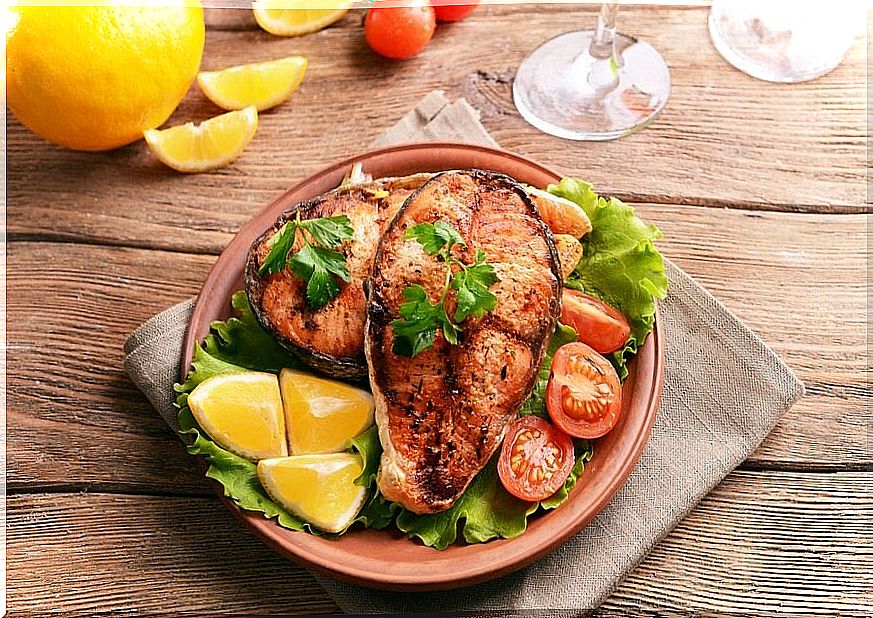
- All vegetables (except mushrooms, potatoes, squash and beets).
- Some fruits (except those that are rich in sugars and starches).
- Vegetables.
- Lean meats and fish.
- Soy and derivatives.
- Olive oil (moderate amounts).
- Whole grains (rice, quinoa, buckwheat, amaranth and millet).
- Raw and unsalted nuts and seeds.
- Healthy herbs (oregano, ginger, cumin and turmeric).
- Herbal infusions.
Forbidden food
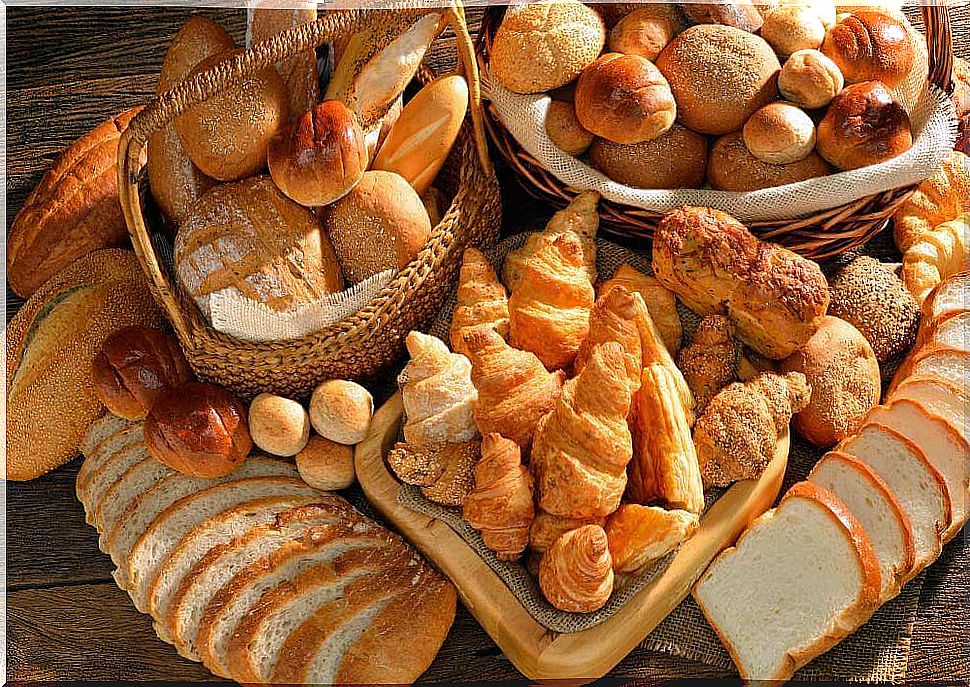
- Refined and derived sugars (sweets, preserves, ice cream, etc.).
- Whole dairy products.
- Peanuts and pistachios.
- Alcoholic drinks.
- Bread and bakery products containing yeast.
- Refined flours and cereals.
- Potatoes, mushrooms and any variety of mushrooms.
- Pumpkin and sweet potatoes.
- Fruit juices
- Sauces and dressings.
- Stuffed meats.
Probiotics and candida
Probiotics are live cultures of “good” bacteria that help protect the body against infectious agents. Since candida overgrowth causes an imbalance of these bacteria in the body, it is wise to include probiotics in your yeast diet.
Foods that contain them, such as plain yogurt and kefir, reintroduce useful bacteria into the intestine to increase the response against these fungi, as stated in an article published in the journal “Dermatologic Therapy”. In this way, by regulating the acidity of the stomach, they displace the yeast from the candida and inhibit its growth.
Reintroduction of food
After defeating candida, it is not advisable to immediately reintroduce all forbidden foods into the diet. Since a poor diet can lead to the overgrowth of this fungus, it is best to correct eating habits in general.
Thus, after finishing the treatment, it is convenient to design a balanced meal plan, low in sugars and simple carbohydrates. The reintroduction of the other foods should be gradual, until the routine is regained.
Sample menu for a candida diet
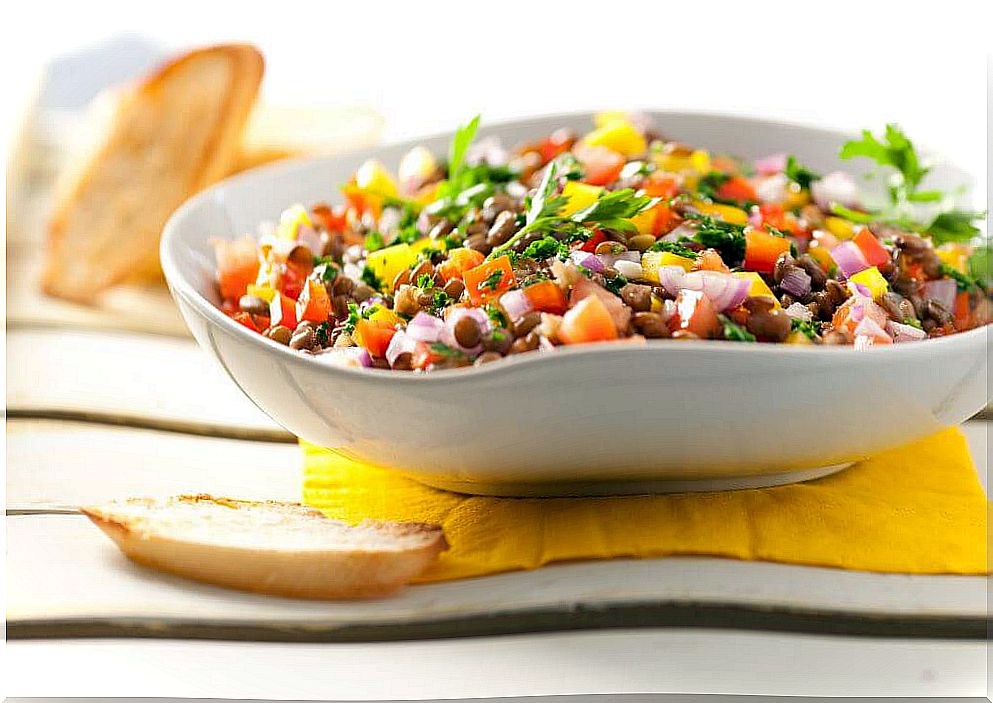
There are many ways to design menus on a candida diet. The most important thing is to consider the foods that are forbidden and those that can help. In this way, each main meal can be based on those foods that are beneficial. Let’s see a simple example:
- Breakfast: infusion, bowl of quinoa with pumpkin and sunflower seeds, natural yogurt.
- Mid-morning: green smoothie with apple.
- Lunch: lentils with tomato and avocado, portion of roasted breast and infusion of herbs.
- Snack: chia apple pudding with seeds
- Dinner: chickpeas with spinach and pine nuts and portion of baked fish.
Watch your diet to end candida
In summary, a diet for candidiasis proposes limiting the consumption of foods that can favor the growth of the fungus. It is important to follow their guidelines, as they are critical to success in treating the infection.
